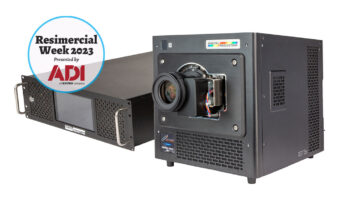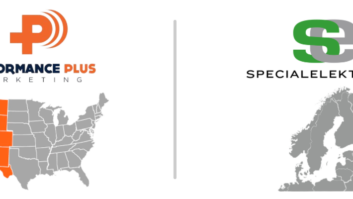by Morgan Strauss
If you were designing a car, and had to include a functional “seat eject” button, where would you put it? As this is a button you really don’t want to push on accident, it wouldn’t go near other things you use regularly, like the steering wheel or dash controls. You’d want it where you’d have to intentionally reach to get to it, but not so far as to render it useless. The same concept applies – admittedly far less dramatically – to interface design. Each interface has two zones: one that’s easy to reach (the easy zone) and one that’s a bit harder (the reach zone). When designing an interface, you should put functions you don’t want accidentally touched in the reach zone. For example, the “disconnect” button for a teleconferencing system, a “panic” button on a security page, or a “whole system off” button. Common functions, like volume and the home button, should go in the easy zone. Where the two zones are located can vary by control device.
For handheld controllers, the reach zone will likely be the farthest away from the user’s grip, while the easy zone will be directly within the thumb’s range, generally in the lower corners. On an iPad or other panel controller, the reach zone would be the top corners, which are well out of range of accidental bumping. It’s a simple concept, but one that goes a long way towards ease of use. After all, driving a car with an ejecting seat is pretty cool, but not so much when you accidentally launch yourself every time you turn the wheel.

Morgan Strauss is the president of Guifx, an interface design studio specializing in touchscreen interfaces for home automation and embedded systems. He can be reached at [email protected].
Got a GUI story to tell?
Please drop me a line and share your experiences with GUI design, and let me know if you have any specific topics you’ll like to see covered in this space.







